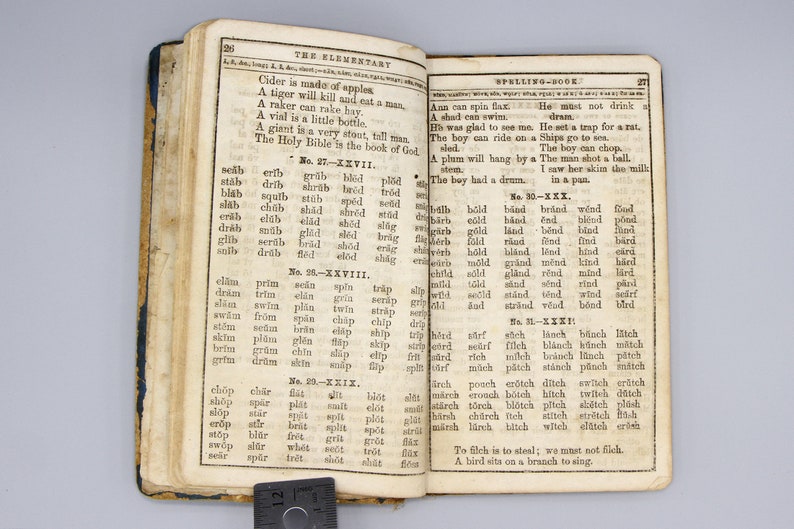

The nazified version from 1939 was continued to be used in Germany and Austria after WW2, in east Germany slightly adapted going back from B(ertha) to B(erta) and Ö(dipus) to Ö(se). X(anthippe) survived all versions and she got Ö(dipus) as companion, before Ö(dipus) Ö(se), meaning lug, was used. Apparently they wanted to commemorate the abominable things they did to Ypern in WW1, like the first uses of poison gases. Another strange change is Y(pern), which was Y(psilon) and then became Y(psilon) again. The later version from around 1939 used F(riedrich) and H(einrich) again. Why I(sidor) and K(arl) had to go is less clear, K(arl) probably because of confusion with C(arl), if K(onrad) was a better solution though? The early Nazi spelling alphabet had also shortened F(riedrich) and H(einrich) to F(ritz) and H(einz), but changed W(illy) to W(ilhelm). During that time also the civil table printed in telephone books was nazified, but after the war then also un-nazified again reinstating at least S(amuel), which was never used in the military version, and Z(acharias). D(avid), J(akob), N(athan) and Z(acharias) were dropped based on their jewish heritage, and Moritz probably because of the African heritage of St. The pre- Nazi alphabet used A(dolf) which I assume that had to be replaced because is was not well suited to use the crazy big bosses name for such lowly use as spelling. The german spelling alphabet has changed a few times between the two wars because of nazification. The example below is out of the Swiss army regulation 58.17d - Taschenbuch des Telegraphen Pioniers from 1967.

For the Umlauts respective combinations with E(mil) are used like e.g. Non first names are the already mentioned K(ilo) and then also Q(uasi) and Z(enith). The new alphabet is based around first names, it keeps only K(ilo) and X(aver) from the older alphabet. The newer alphabet was introduced somewhere in the early fifties (An army telephony regulation of 1951 still mentions the alphabets mounted on the instruments, whereas an army radio regulation of 1955 prints the new version). The alphabet also includes the Umlauts and the Ch.Īrmeetelefon Modell 1932 (On most Modell 32 and 47 the alphabet has been removed, instruments where it is still present are quite rare) That alphabet used mainly Swiss location names (Cities, Mountains, Regions) with the exceptions of K(ilo), T(ell) and X(aver). On older instruments, like the example below, the old spelling alphabet can still be found. If there were different spelling alphabets for french or italian speaking troops I'm still trying to find out.

Nowadays the Swiss army uses the international (Nato) spelling table. This new alphabet was never added to the instruments. On the instruments which were still in use in the 50ies the old alphabets were removed as a new Swiss spelling alphabet, based mostly on first names, was introduced. The Feldtelefon 50 had none added anymore. Where not otherwise noted the pictures are from devices in my collection.Ī Swiss specific german spelling alphabet was added to Swiss field instruments up to the Armeetelefon 47. Up to now I've never seen spelling alphabets on US instruments, but on a lot of instruments from all over Europe.īelow the comparison table you find details regarding each alphabet. Continued to be added to instruments until the end of the field-phone era. First spelling alphabets were first published in telephone books of the late 19th century.Īlready to be found on WW1 era military field instruments e.g. To improve accuracy of reception on noisy connections spelling alphabets were used in civil and military communications. Home Field telephone spelling alphabets A like alphabet


 0 kommentar(er)
0 kommentar(er)
